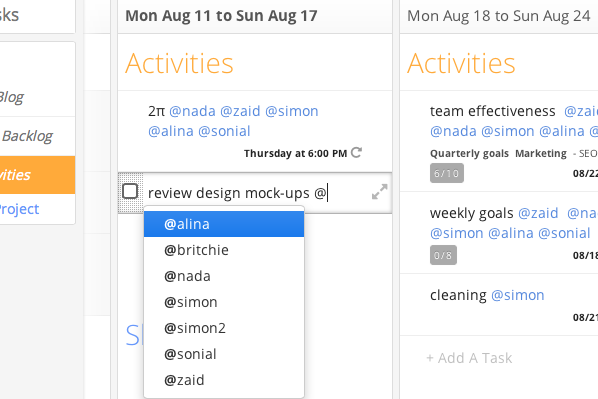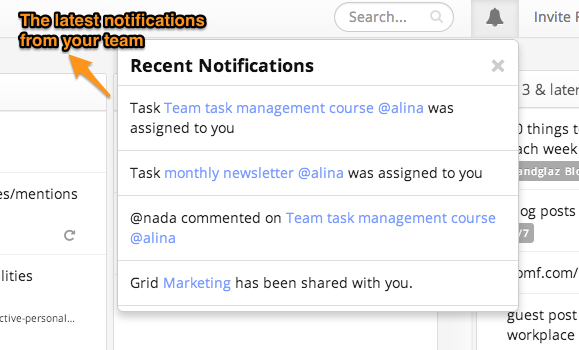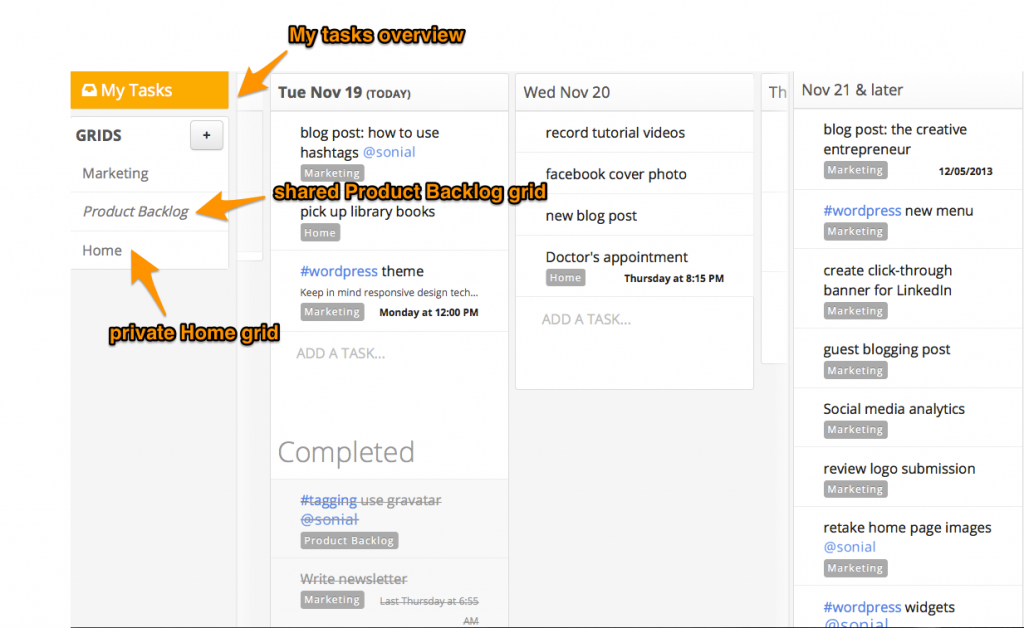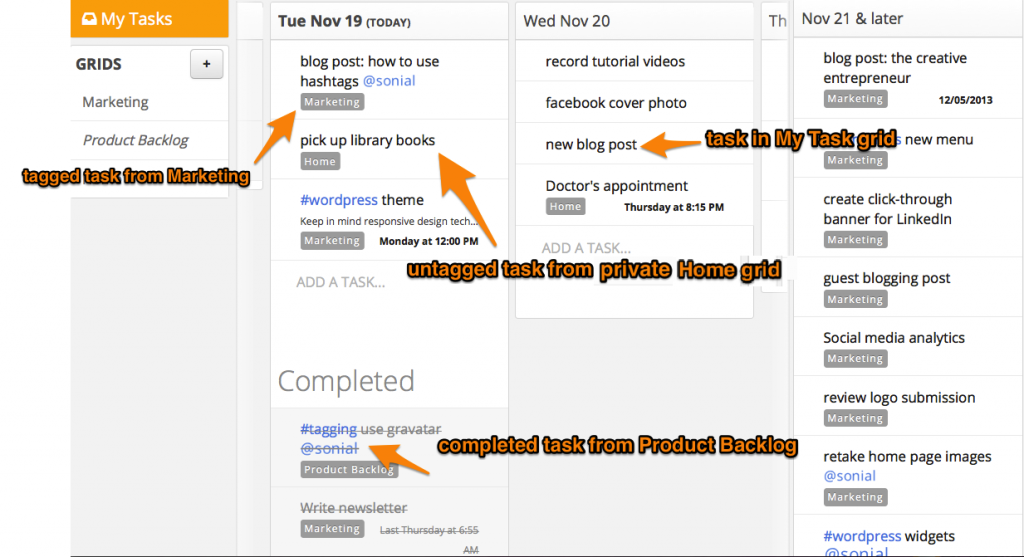So what is a task manager and why does your team need it?
If you’re a business professional, an entrepreneur, a student, or have any occupation where you constantly have a lot of things on your plate, you probably think it’s important to be productive. You may have googled different productivity tips, or stumbled across articles that tell you about how to manage your tasks or how to use a task manager to get organized.
But what exactly is a task manager?
The classic explanation for a task manager is that it’s a tool that helps you organize your tasks. It helps you plan your day, set up goals, and prioritize what’s most urgent or important. Basically, a task manager is a to do list. This to do list can come in many forms: it can be as simple as a paper list, it can be an online tool, it can be a personal or a shared application.
However, what we at Sandglaz think of when we think of a task manager is something a little different. It involves the classic planning element, but what it’s really designed to be is a flexible tool for collaboration.
Why paper lists suck
With a paper list like the Bullet Journal, it’s very difficult to adapt to changing plans. You can cross things out, draw a lot of arrows, exclamation marks, or colour code your list with three different highlighters. But very quickly your list gets messy. In a few days or even a few hours, you probably need to write up a new one all over again.
What’s as big a flaw is perhaps that you can’t share it with others.
While writing things down may help you remember a few important things - buy more eggs, call your mother, install the updates on your computer - it just doesn’t work when you want to collaborate with a team. For that, you need a tool where you can easily add, remove, and reorganize tasks, and where these tasks constantly stay updated for everyone. You need an online solution.
In this day and age when the majority of our work is done online, your task manager should be online too. Out with the paper lists, and in with a solution that’s easily shared with team members.
An online task manager, and a flexible one too
Not only should your task manager facilitate collaboration, it should also reflect the way you actually work. You absolutely don’t want a task manager that imposes a structure on you that makes it difficult to be flexible, difficult to collaborate, or difficult to change your plans.
And why is that?
With huge technological change occurring from the 60s onward during which we saw the birth of personal computers and the World Wide Web, industries like software, design and marketing have flourished precisely because they’ve adopted flexible workflows, flexible solutions, and flexible communication structures. Fixed hierarchies have been replaced with fluid communication structures that allow for greater flexibility and collaboration. Small enterprises have learnt that giving team members the space to grow autonomously works much better than trying to micro-manage their work. And vertical communication has been replaced with lateral communication.
If you work for a tech startup, a software company, or a small high-performance team, chances are that everything from your company culture to your internal organization embraces flexibility and collaboration. And because of these new values and ways of communicating, you need a task manager that is flexible and collaborative in nature.
So what features should you be looking for in a task manager if you want a flexible and collaborative solution?
You should be able to assign tasks to other members, and this should be a flat, lateral process. In other words, both senior and junior members should be able to assign tasks to each other. This lets the senior person assign the junior person a specific task, but also lets the junior person ask for feedback through the same task system. For example, my boss may first assign me a new blog post to write, and when I’ve completed the task, I can ask for feedback by simply tagging them in a new task. It’s a huge time saver and helps cut down on unnecessary emails.
Sandglaz lets you tag different team members using a @usertag.
Another important feature is that you’re kept up to date of any changing tasks with notifications. This ties into the @usertag function: when you add a @usertag on a task, the tagged user will get a notification saying a new task was assigned to them. They will also get an email notification.
Your task manager should let you easily organize projects and share them with team members. With Sandglaz, you can create shared grids for specific projects or areas of your work. You can add as many grids as you want.
While you can separate your work into different grids, you should also have a bird’s eye view of all the tasks you need to do. This is what My Tasks is for: in My Tasks, you can customize your settings so that different things from different grids show up. Your default settings will let you see all your tagged tasks from shared grids and all tasks from unshared (personal grids) in this section. This way, if you feel like you’re forgetting something from one grid, you can quickly look at your entire to do list.
You should be able to communicate within a task: often, when something is assigned to you, you may have to communicate back and forth with your team member before getting all the details settled. Each task in Sandglaz has a comment section where you can sort these details out. This way you don’t have to resort to email.
Sandglaz’s collaborative functionalities were designed with the dynamism of modern management at heart. It was created to embrace change, not stick to fixed plans. If you want to check out our other features, take a tour or try it for yourself.
What kind of task manager do you use? Do you use one only for yourself, or do you have a shared one for your team? Let us know your thoughts and experiences in the comment sections below.




